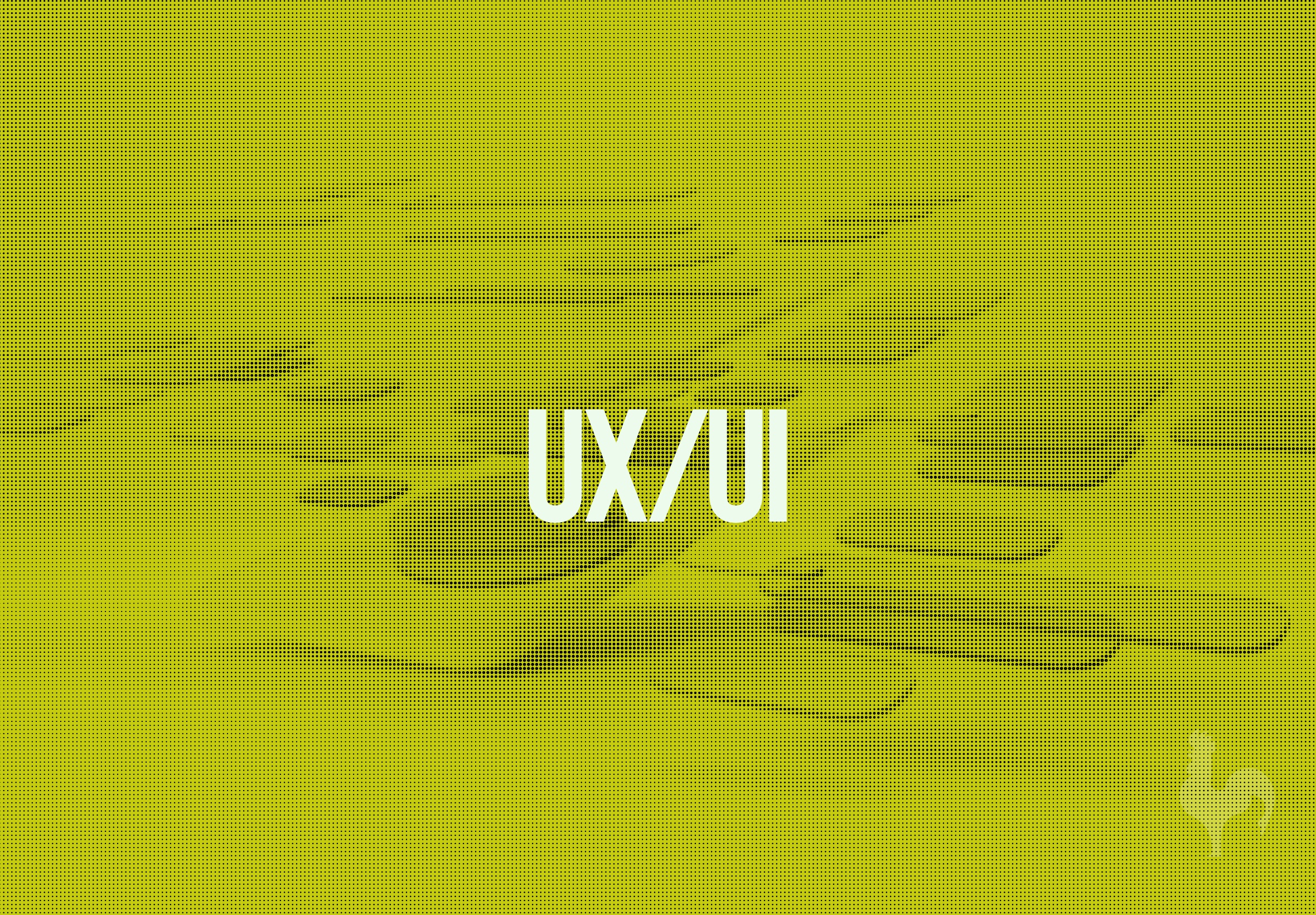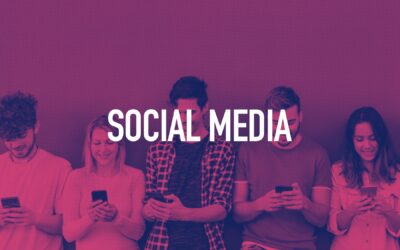Its underlying philosophy transcends beyond just aesthetics, capturing a larger ethical perspective. At its core, sustainable design is all about formulating solutions that are not only visually appealing but also environmentally benign and responsible.
Unravelling UX/UI
In the realm of digital product design, User Experience (UX) and User Interface (UI) play crucial roles. UX primarily revolves around enhancing user satisfaction by improving the usability, accessibility, and pleasure derived from a product. On the other hand, UI is more concerned about the overall visual layout of a product—the look, the feel, and the interactivity. It’s the bridge between users and their digital interactions.
The Significance of Sustainability in Design
With the world grappling with climate change and escalating environmental concerns, the ethos of sustainable design has emerged as a beacon of change. It focuses on reducing negative impacts on the environment, utilizing life cycle assessments to ensure all design decisions contribute to a healthier, more balanced ecosystem. This approach is not just a choice anymore; it’s an ethical responsibility that designers and businesses should willingly shoulder.
The Advent of Sustainable UX/UI Design
The Shift Towards Sustainability
As we tread into the future, sustainability is turning into a necessity rather than just a trend. The global consumer base is evolving, becoming more aware and conscious of their choices. This consciousness has kindled a new wave in UX/UI design, prominently known as green design.
Green UX/UI: Going Beyond Aesthetics
Green UX/UI is about implementing sustainable practices into the design of digital products. It’s not merely about making things look pretty, but it is about designing in a way that reduces environmental impact, conserves resources, and encourages positive behaviour change towards sustainability.
The Tangible Impact of Sustainable Design in UX/UI
Profits for the Business
In the business arena, sustainable UX/UI design can act as a catalyst for success. It’s not just about upholding environmental responsibility but also about enhancing profitability. Green designs can be a magnet for conscious consumers, significantly boosting brand image and reputation. Additionally, by optimizing resources and reducing wastage, sustainable UX/UI can result in substantial cost savings in the long run.
Rewards for the User
On the users’ front, sustainable UX/UI design transforms their digital interactions. A sustainable design offers users an experience that is not only functional and delightful but also conscientious and ethically sound. It makes their interaction with the product more enjoyable and meaningful.
Case Studies: Sustainable UX/UI Design in Action
Ecosia: A Green Search Engine
Take Ecosia, a search engine that plants trees with its ad revenue, as a case in point. With a clean, user-friendly interface and a green ethos, it creates a unique and compelling user experience that also contributes to the environment. This is an exemplification of sustainable UX/UI design in action.
Fairphone: The Ethical Smartphone
Fairphone is another example of an ethical company utilizing sustainable UX/UI design. It’s a smartphone designed with modular components, encouraging repairability and longevity. The design aims to reduce electronic waste and extend the product’s lifespan, inspiring users to keep their phones for a longer duration.
Forecasting the Future of Sustainable UX/UI Design
Emerging Trends and Predictions
As sustainability gradually permeates the mainstream, we can expect a boom of creative and innovative approaches in sustainable UX/UI design. Future design trends might see interfaces that nudge users towards eco-friendly choices, or designs that incorporate machine learning to optimize energy efficiency— the potential is immense.
The Integral Role of AI in Sustainable Design
Artificial Intelligence (AI) can be instrumental in forging sustainable designs. It can be used to analyze user behaviour, understand usage patterns, and automatically modify interface elements to reduce energy consumption and wastage.
Wrapping Up
Sustainable design in UX/UI is not a fleeting trend but a significant stride towards a sustainable future. As more businesses and consumers align their values with environmental consciousness, the demand for sustainable digital products is set to escalate. Embracing this wave of change, designers across the globe have the opportunity to not only create aesthetically pleasing experiences but also contribute to a greener future.
FAQ
What is sustainable UX/UI design?
Sustainable UX/UI design is an approach that infuses environmental consciousness into the design process. The goal is to minimize environmental impact and promote sustainable behaviour through design.
How can sustainable design benefit businesses?
By adopting sustainable design, businesses can enhance their brand image, attract eco-conscious consumers, and even realize cost savings through resource optimization.
Can AI contribute to sustainable design?
Absolutely! AI can be used to analyze user behaviour and dynamically modify design elements to optimize energy efficiency.
Can you provide examples of sustainable UX/UI design?
Ecosia, the green search engine, and Fairphone, the ethical smartphone, are excellent examples of sustainable UX/UI design.
What does the future hold for sustainable UX/UI design?
Sustainable UX/UI design is set to become more prevalent as environmental consciousness rises. We can expect more innovation in this area, including designs that promote green choices and AI-driven designs that enhance energy efficiency.





